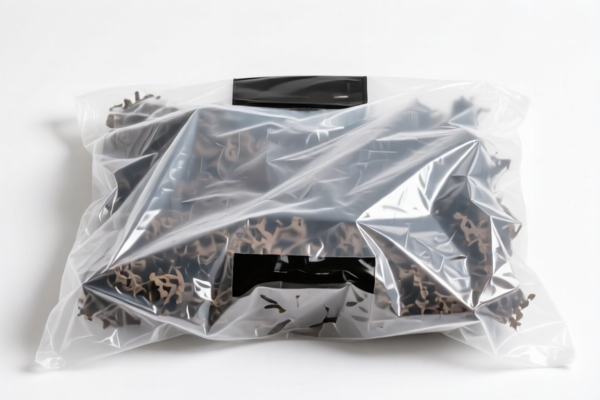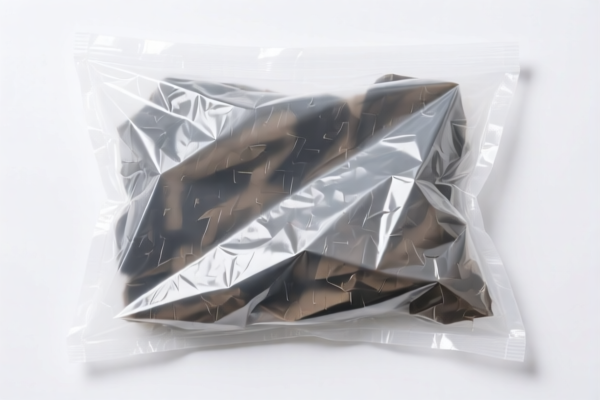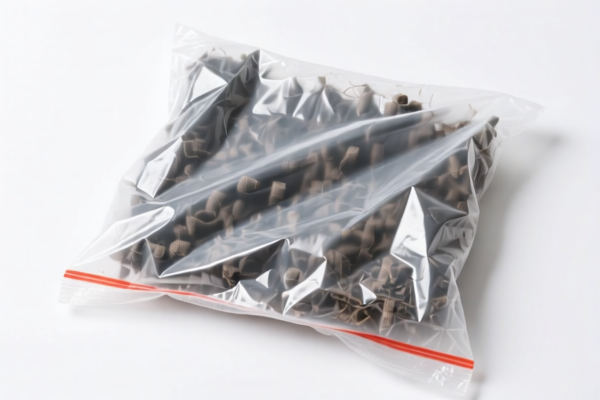| HS Code | Official Doc | Tariff Rate | Origin | Destination | Effective Date |
|---|---|---|---|---|---|
| 8479899599 | Doc | 57.5% | CN | US | 2025-05-12 |
| 8479899599 | Doc | 57.5% | CN | US | 2025-05-12 |
| 8451800000 | Doc | 58.5% | CN | US | 2025-05-12 |
| 8450906000 | Doc | 32.6% | CN | US | 2025-05-12 |
| 8450904000 | Doc | 40.1% | CN | US | 2025-05-12 |
| 8206000000 | Doc | The rate of duty applicable to that article in the set subject t+30.0% | CN | US | 2025-05-12 |
| 3926909989 | Doc | 42.8% | CN | US | 2025-05-12 |
| 3925900000 | Doc | 60.3% | CN | US | 2025-05-12 |
| 3925100000 | Doc | 61.3% | CN | US | 2025-05-12 |




Dust Collector
A dust collector is a system used to remove particulate matter from the air. These systems are critical in industrial and manufacturing environments to improve air quality, protect worker health, and prevent the accumulation of potentially hazardous dust.
Materials
Dust collectors are constructed from a variety of materials, chosen based on the type of dust being collected, the volume of air flow, and the operating temperature. Common materials include:
- Steel: Often used for the housing and structural components due to its strength and durability.
- Stainless Steel: Employed when corrosion resistance is required, particularly with abrasive or chemically active dusts.
- Aluminum: Lighter than steel, used in some housing applications.
- Filter Media: This is a critical component. Common types include:
- Polyester: A versatile and cost-effective option for many dust types.
- Polypropylene: Resistant to moisture and chemical attack.
- Cellulose: A lower-cost option for non-hazardous dusts.
- HEPA (High-Efficiency Particulate Air) Filters: Used for collecting very fine particles and hazardous materials.
- PTFE (Polytetrafluoroethylene): Used for high-temperature applications and aggressive chemicals.
Purpose
The primary purpose of a dust collector is to:
- Improve Air Quality: Removing dust particles creates a cleaner and healthier work environment.
- Worker Safety: Exposure to dust can cause respiratory problems and other health issues. Dust collection minimizes these risks.
- Prevent Explosions: Many dusts are combustible. Dust collection prevents the buildup of dust clouds that could ignite.
- Product Quality: In some industries, dust contamination can affect the quality of the finished product.
- Compliance with Regulations: Many countries have regulations regarding workplace air quality and dust emissions.
Function
Dust collectors operate on several principles, the most common being:
- Capture: Dust is drawn into the collection system through hoods, ducts, and other inlets.
- Separation: The dust is separated from the air stream using one of several methods:
- Inertial Separation: Uses centrifugal force to separate heavier particles from the air stream (e.g., cyclones).
- Fabric Filtration: Air passes through filter bags or cartridges, trapping dust particles.
- Wet Scrubbing: Dust particles are captured by a liquid spray.
- Electrostatic Precipitation: Uses an electric charge to collect dust particles on charged plates.
- Collection & Disposal: The separated dust is collected in hoppers, drums, or other containers for disposal or reuse.
- Air Exhaust: Cleaned air is exhausted back into the atmosphere, often through a stack or ventilation system.
Usage Scenarios
Dust collectors are used in a wide range of industries, including:
- Woodworking: Removing sawdust and wood chips.
- Metalworking: Collecting metal dust, fumes, and grinding debris.
- Pharmaceuticals: Controlling dust from powders and granules.
- Food Processing: Removing dust from grains, flour, and other food ingredients.
- Mining: Controlling dust from ore handling and processing.
- Chemical Processing: Collecting dust from powders and chemicals.
- Powder Coating: Removing overspray from powder coating applications.
- Textile Manufacturing: Removing fiber dust.
Common Types
- Cyclones: Simple and inexpensive, used for larger particles. Lower efficiency for fine dust.
- Baghouses: Highly efficient, using fabric filter bags to capture dust. Require regular bag cleaning or replacement.
- Cartridge Collectors: Similar to baghouses but use pleated cartridges instead of bags. Often used for smaller applications.
- Wet Scrubbers: Use liquid to capture dust. Effective for controlling both dust and fumes.
- Electrostatic Precipitators (ESPs): Highly efficient for fine dust, but require high voltage power.
- Down Draft Tables: Captures dust directly at the source, often used in woodworking and sanding applications.
- Centralized Systems: A single collector serves multiple workstations or machines.
- Portable Collectors: Small, self-contained units for individual use.
Based on the provided information, identifying the precise HS code for "dust collector" requires understanding its specific function and materials. Here are potential HS codes based on the available data:
- 8479.89.95.99: This code covers Machines and mechanical appliances having individual functions, not specified or included elsewhere in this chapter; parts thereof: Other machines and mechanical appliances: Other: Other: Other Other. This is a broad category and could apply if the dust collector is considered a general-purpose machine not falling under more specific classifications. The total tax rate is 57.5%, comprised of a 2.5% base tariff, 0.0% additional tariff, and a 30.0% additional tariff post-April 2, 2025, plus 25% for steel or aluminum products.
- 8451.80.00.00: This code refers to Other machinery. If the dust collector is categorized as a specialized industrial machine, this code might be applicable. The total tax rate is 58.5%, consisting of a 3.5% base tariff, 25.0% additional tariff, and 30.0% additional tariff post-April 2, 2025.
Important Considerations:
Given the broad nature of these codes, it's crucial to determine the dust collector's precise function and materials. If the dust collector is integrated with other machinery (e.g., a woodworking machine), the combined unit might have a different HS code.
Please note that the tax rates are subject to change, particularly after April 2, 2025, with the introduction of additional tariffs. It is recommended to consult with a customs broker for accurate classification and duty calculations.
Customer Reviews
No reviews yet.